A viewfinder is a simple camera tool we often take for granted. In this article, we will help you understand your camera viewfinder better.
We go through everything you need to know. From what it is to the differences between optical and electronic viewfinders.
What Is the Viewfinder?
The viewfinder is the device you look through when taking a picture. It shows you what is in your frame, alongside your settings and other helpful information.
In old twin-lens reflex cameras, viewfinders were a small Galilean telescope placed in the camera body. It gave you a general idea of the scene you wanted to capture, but it had no connection to the lens.
As they framed with one ‘lens’ and shot with another, the images were never accurate. The closer the subject, the worse the error. This is the Parallax Error.
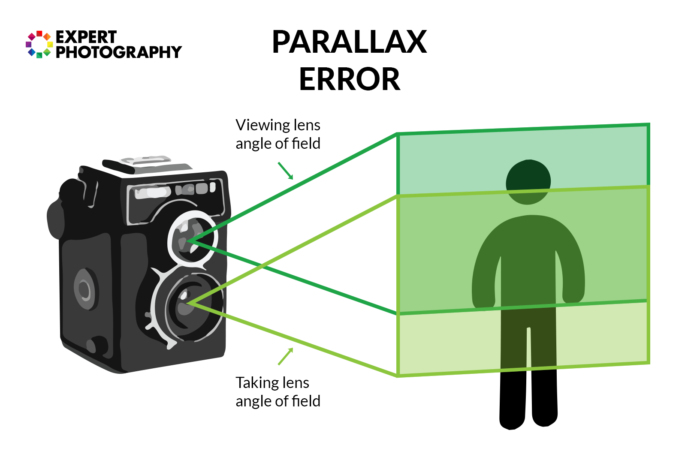
Every camera with a viewfinder that does not project the same view of the lens is called a rangefinder.
In modern cameras, the viewfinder, most often found on DSLR cameras, is in the camera’s center. You will notice it by a rubber eyepiece.
Some mirrorless cameras do not have a viewfinder. In this case, you can buy an external one and attach it to the camera.
There are two types of viewfinders: optical and electronic. The optical system is almost the same in both, as you can see the autofocus points and the same field of view.
The Evolution of the Camera Viewfinder
Twin-Lens Reflex Camera Viewfinder
TLR cameras consisted of two lenses. One took the picture, while the other was for the viewfinder system.
They housed a large 45-degree mirror. This allowed a projection of an image onto a glass screen.
The viewfinder was at waist level. Unlike SLR cameras, they remained open during exposure. This allowed photographers to apply effects while the exposure was in progress.
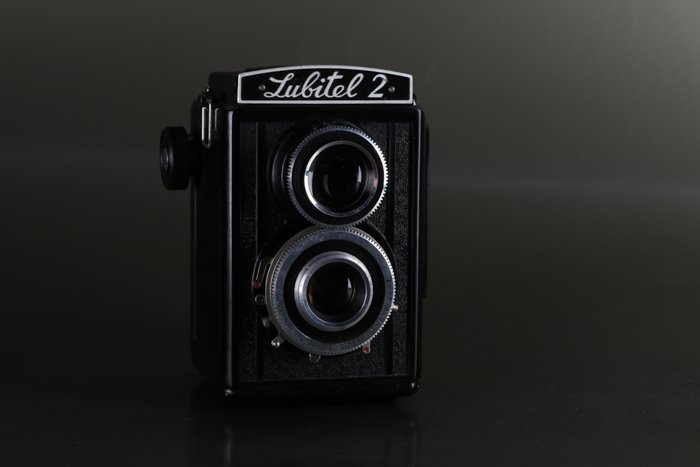
Rangefinder Camera Viewfinder
Rangefinder cameras worked with a zone-focusing system. This looked through the camera instead of the lens. It meant the camera did not focus on the subject itself. The camera located how far the subject was and determined the focused area.
The earlier versions of these cameras had separate rangefinders and viewfinders. Later, the rangefinder stayed, and the viewfinder was removed.
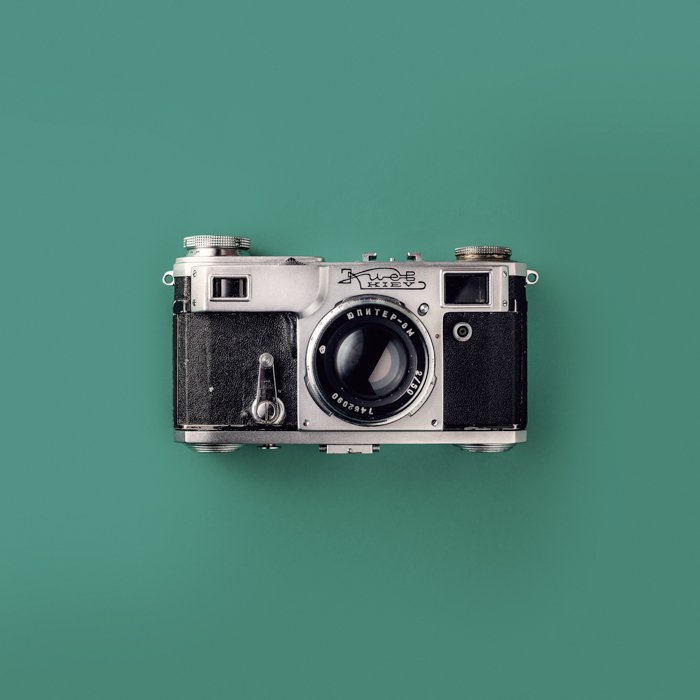
SLR Camera Viewfinder
Most cameras used nowadays are SLR cameras. They use a mirror to reflect the image, which is then transferred through the pentaprism. The image going through the prism is what the photographer sees in the viewfinder.
SLR cameras meant a huge technical development from TLR and rangefinder cameras. With this technology, the picture taken could be different from the one in the viewfinder.
In the case of SLRs, the mirror and prism allowed the introduction of optical viewfinders. This resulted in getting accurate and non-distorted final images.
<img class=”aligncenter wp-image-528559 size-full” src=”https://expertphotography.com/wp-content/uploads/2021/02/camera-viewfinder-3.jpg” alt=”image of a Nikon D4
What Do We See In the Viewfinder?
The viewfinder is what we use to compose an image. For this reason, we would expect it to show the exact scene in front of us. This is almost the case, but there are a few things we have to look out for.
We have to deal with the viewfinders’ magnification. It is 1x, which means the viewfinder shows our subject in the exact size we see it. There may be minor differences with different cameras. The photographer has to count on this when framing their image.
By looking through the lens, you get an accurate image. It might be optical or electronic, but having one is much better than not having any.
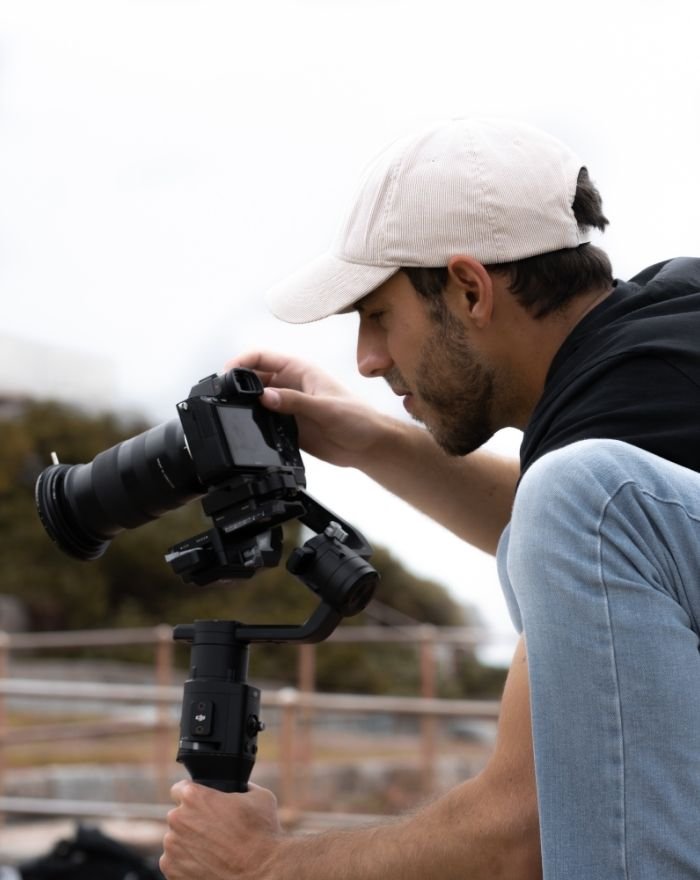
What Can the Viewfinder Help With?
General Camera Settings
What happens when you look through the viewfinder (optical) or EVF screen (electronic)? You see a lot of information. Some of this information is your camera settings.
You get to see the three main components of the exposure triangle. The ISO, shutter speed, and aperture are all shown.
This helps to know what you are shooting without having to move your eye from the eyepiece.
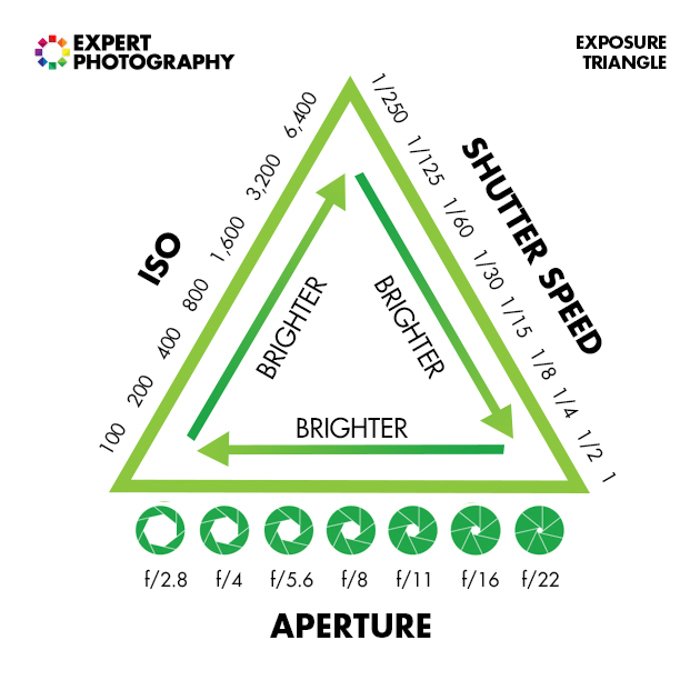
EV Scale
The EV scale is the bar in the middle of the bottom section of the viewfinder. It will show a minus scale and a plus scale with ‘0’ in-between.
Used in conjunction with your settings, this helps you get a correct exposure. Your exposure needle should aim to sit around the ‘0’ mark.
Changing your settings will move this scale. If you are in aperture or shutter priority, you can only change this with the exposure compensation setting.
Focus Points & Metering
We use the viewfinder not only to frame but also to direct our focus and metering values. A flashing or blinking dot lets us know where the focus lies.
This focus can be automatic. The user can change the focus zone and mode, depending on the subject. There are separate focus modes for still and action photos.
Your viewfinder shows you the scene in which you are metering light. Different metering modes take different parts into account when determining the correct exposure.
Custom Settings
- Picture Style: Picture style allows you to adjust your images the moment they are taken. It is like applying basic editing to every photo, in-camera. You can usually adjust contrast, sharpness, saturation, and color tone. You can save these settings as custom styles.
- Picture Mode: This decides the format of the photo you take. You can set it as JPEG, RAW, or the two combined. To learn more about whether you should shoot in JPEG or RAW, read this article!
- White Balance: White balance determines the color temperature in your images (in Kelvin). There is a set of saved white balance presets in the camera with different Kelvin values. You also have the chance to use automatic white balance or set the temperature in manual mode.
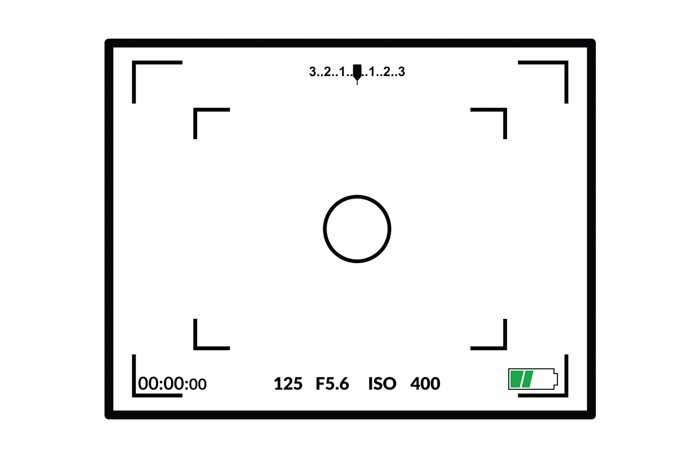
System Info
- Battery Level: You can see your battery level in the viewfinder. You will see a battery shape filled with three diagonal blocks. As your battery loses its full charge, the blocks will disappear one by one. Flashing means you are running on fumes and can expect to need a new battery very soon.
- Shots Remaining: Having an indicator of how many shots you have remaining is very useful. This lets you know how soon you will need to change your memory card.
What are Different Types of Viewfinders?
Optical Viewfinder
The optical viewfinder is the part of the camera you look through when composing and taking a shot. It is ‘optical’ because what you see comes from the image that the camera sees. As light enters the camera, it hits the mirror, then gets reflected up to go through the pentaprism. The eyepiece, thus the viewfinder, shows the exact image that the camera sees. There are no electronic elements involved.
The benefits are basic. Apart from showing you the scene, it gives you a lot of information about how the camera works. It does not limit the dynamic range and draws no power from the battery. You can even use it while your camera is off.
You also see the scene with the magnification that your focal length offers.
It is not uncommon for modern digital cameras to have optical and electronic viewfinders. In that case, the LCD screen’s Live View functions as the electronic viewfinder.
The problem with this system is that the viewfinder gets blocked when you capture an image. This is not a big deal when capturing an image at a few thousandths of a second. But for time-lapses and long exposures, it can be frustrating. As soon as you press the shutter, the mirror flips up to reveal the sensor, blocking out the light.
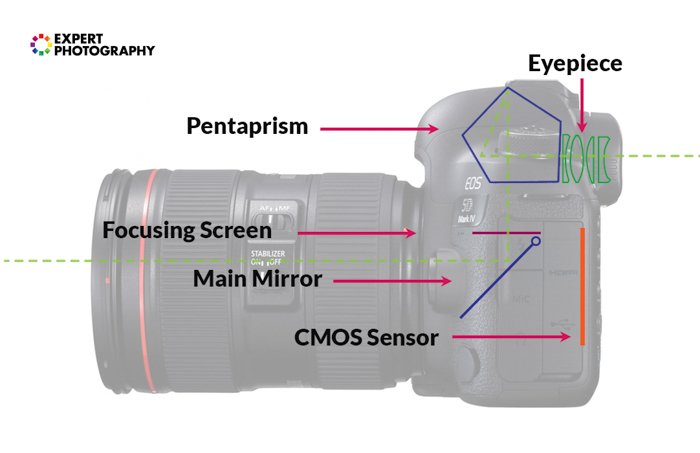
Electronic Viewfinder
The electronic viewfinder in mirrorless cameras is equal to the LCD screen in DSLRs. It gives you all the advantages of Live View mode. This means that it shows you an active preview of what is in your frame.
Electronic viewfinders have some benefits over optical viewfinders. You can use them for focus peaking to reach the most accuracy during manual focus. There is also various live information available. You can see the histogram in the electronic viewfinder. It will help you notice under or overexposure. There is also a possibility to use grids to level your images.
Due to their digital nature, they do not perform well in low light situations. They also have a worse resolution than optical viewfinders and drain the battery more.
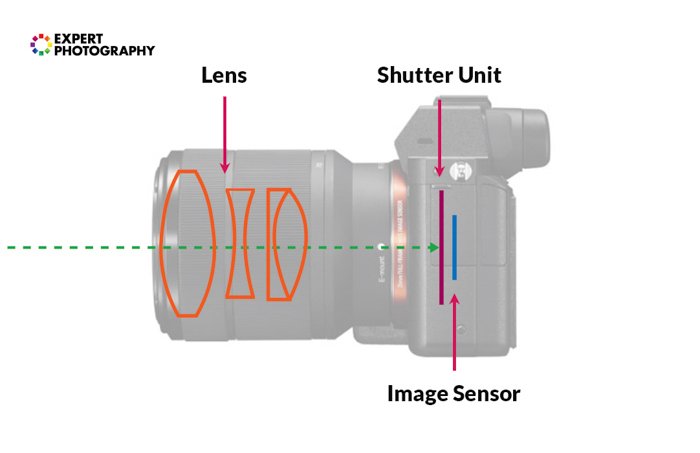
Conclusion
The two main types of camera viewfinders are optical and electronic. They both have advantages and disadvantages worth considering before buying a camera.
You will not choose a camera type only based on the type of viewfinder it has. We recommend you go through more significant features when making a decision. After that, you can get familiar with its type of viewfinder.
Now that you understand the camera viewfinder, get the best start in photography with Photography for Beginners!
